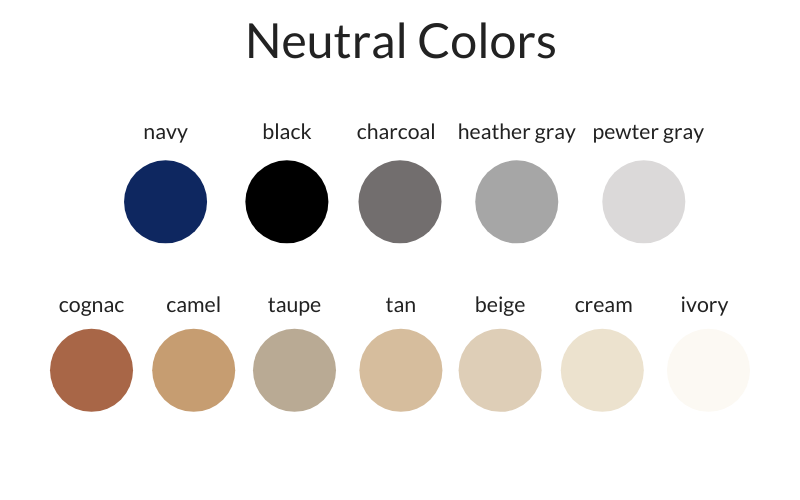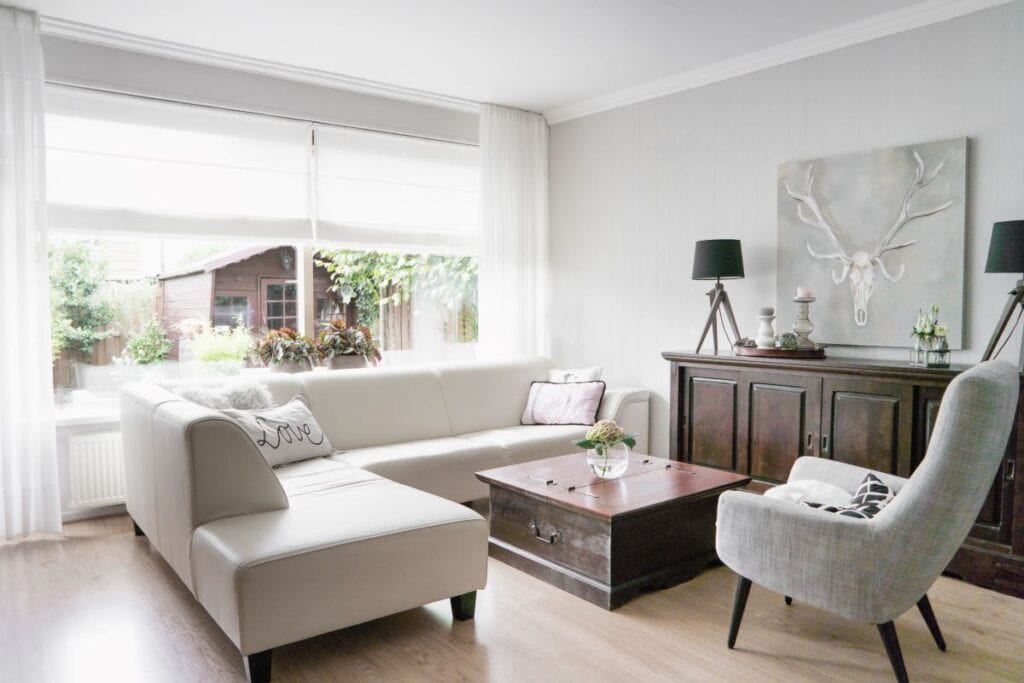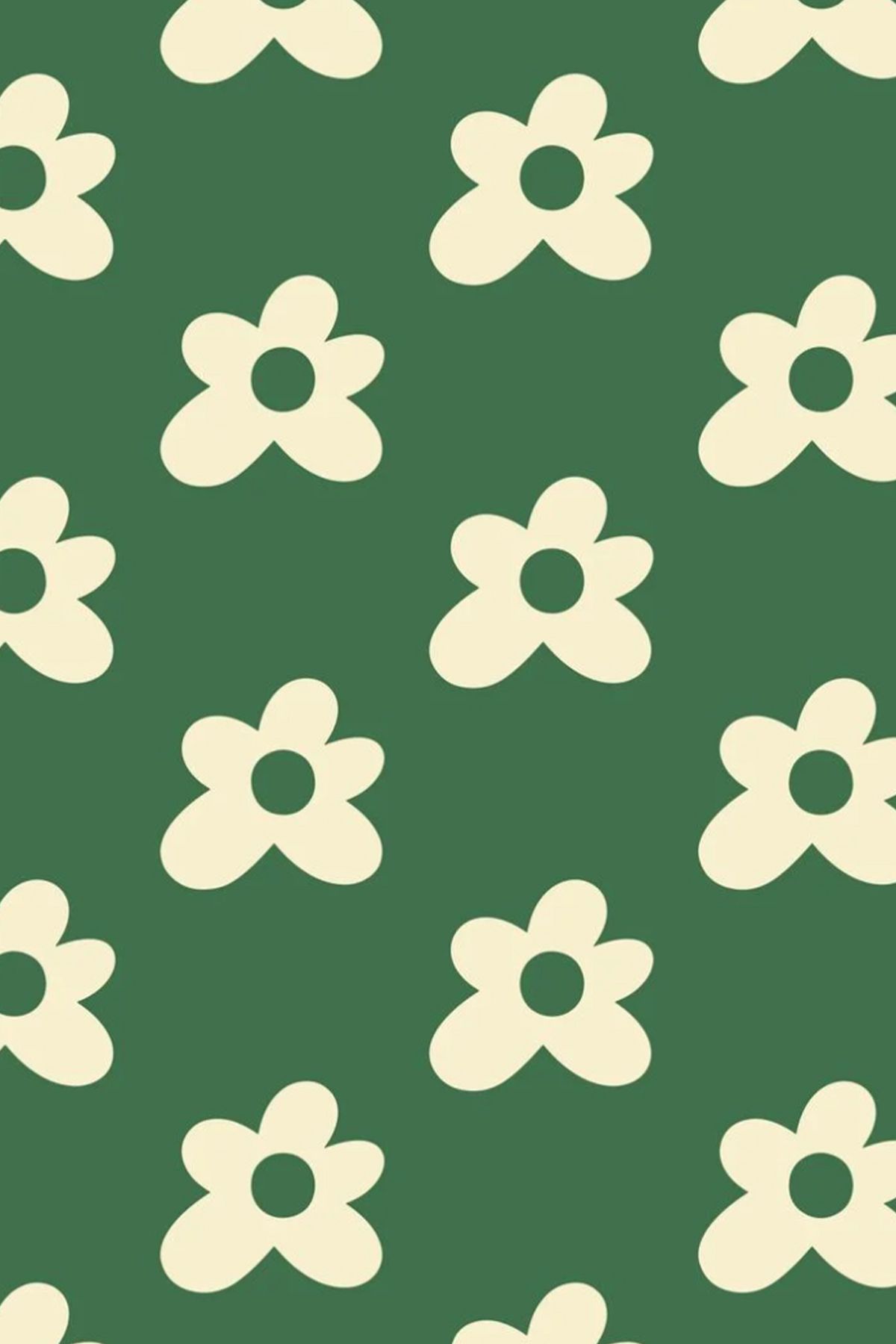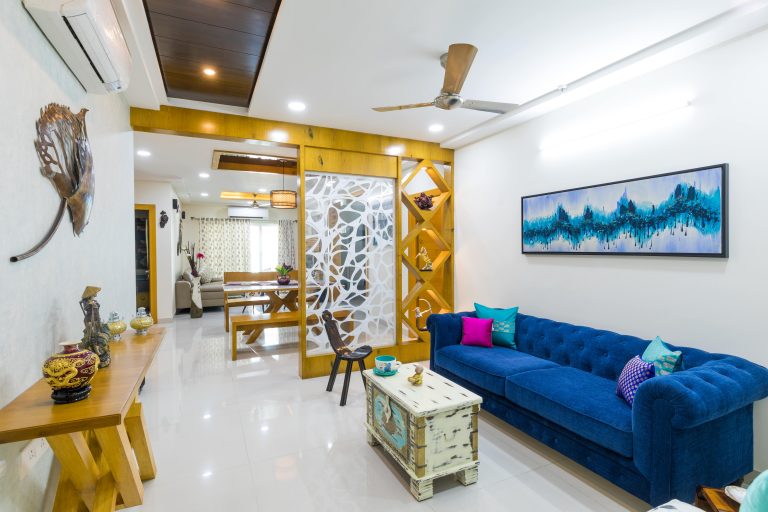Neutral colors are a popular choice for dining rooms as they provide a calm and inviting atmosphere. Shades like beige, taupe, and off-white are perfect for adding a touch of warmth to the space without being overwhelming. These colors also serve as a great backdrop for showcasing colorful accents and accessories. When using neutral colors, it’s important to create contrast and depth in the room. Consider adding texture with a shag rug or incorporating different shades of the same color family. This will prevent the space from looking flat and add visual interest.Neutral Colors
For those who want to create a cozy and welcoming dining room, warm colors are the way to go. These include shades like red, orange, and yellow, which evoke feelings of warmth and comfort. A bold red accent wall can make a statement and set the tone for the entire room, while softer shades like buttercream yellow can create a more subtle, yet still inviting, atmosphere. When using warm colors in a dining room, it’s important to balance them out with cooler tones. This can be achieved through incorporating elements like cool-toned lighting fixtures or using cooler shades in the decor. Too much warmth in a room can feel overwhelming, so it’s important to find a good balance.Warm Colors
On the other hand, cool colors like blue, green, and purple can create a more serene and peaceful atmosphere in a dining room. These colors are perfect for those who want a more relaxed and tranquil space for their meals. A soft blue or sage green can create a calming effect, while a deep navy blue can add a touch of sophistication to the room. When using cool colors, it’s important to incorporate warm elements to prevent the room from feeling too cold and uninviting. This can be done through using warm-toned wood furniture or adding pops of warm colors in the decor.Cool Colors
For a dining room that feels connected to nature, earth tones are the way to go. These include shades like brown, green, and beige, which can create a warm and grounding atmosphere. Earth tones are also great for creating a sense of balance and harmony in a space. Incorporating natural elements like plants and wood can enhance the earthy feel of the room. Consider using a natural wood dining table or adding a large potted plant as a centerpiece. This will add a touch of texture and warmth to the space.Earth Tones
Gray has become a popular color choice for dining rooms in recent years, and for good reason. Light gray can create a modern and sophisticated atmosphere, while also being a versatile neutral that can work with a variety of decor styles. It’s also a great option for those who want a subtle and understated look. To prevent a light gray dining room from feeling too cold and sterile, it’s important to incorporate warm elements like wood or warm-toned lighting. This will add a touch of warmth and balance to the space.Light Gray
Soft blue is a color that can work well in both traditional and modern dining rooms. It’s a calming and serene color that can create a peaceful atmosphere for meals. Soft blue also pairs well with a variety of other colors, making it a versatile choice for those who like to switch up their decor frequently. To create a cohesive look, consider incorporating soft blue accents throughout the room, such as in the curtains, rug, or tableware. This will tie the room together and add a touch of color without being overwhelming.Soft Blue
Sage green is a popular color choice for dining rooms as it can create a sense of freshness and vitality. This color is perfect for those who want to bring a touch of the outdoors into their dining space. Sage green also pairs well with natural elements like wood and stone. To enhance the natural feel of a sage green dining room, consider adding botanical prints or incorporating natural wood elements. This will add to the overall earthy and inviting atmosphere of the room.Sage Green
Buttercream yellow is a cheerful and inviting color that can create a warm and welcoming atmosphere in a dining room. This color works well in both traditional and modern spaces and can add a touch of playfulness to the room. To prevent a buttercream yellow dining room from feeling too overwhelming, consider incorporating neutral elements like white or beige. This will balance out the color and create a harmonious look.Buttercream Yellow
For a dining room that makes a bold statement, consider using a deep red color. This rich and dramatic hue can create a sense of luxury and opulence in the space. Deep red also pairs well with warm-toned wood furniture and gold accents. When using deep red in a dining room, it’s important to balance it out with lighter elements. This can be achieved through using white or beige for the walls or incorporating lighter colored decor pieces.Deep Red
Navy blue is a classic and timeless color that can work well in any dining room. This color can create a sense of sophistication and elegance, making it a popular choice for formal dining spaces. Navy blue also pairs well with a variety of other colors, making it a versatile option for those who like to switch up their decor frequently. To create a cohesive look, consider incorporating navy blue accents throughout the room, such as in the curtains, rug, or tableware. This will tie the room together and add a touch of color without being overwhelming.Navy Blue
Why Color is Important in Dining Room Design
 When it comes to designing a dining room, color plays a vital role in creating the perfect ambiance. A dining room is not just a place to have meals, but also a space to entertain guests and spend quality time with family. The right color can set the tone for the entire room and enhance the dining experience. In this article, we will explore the best
colors to paint a dining room
and how they can transform your space.
When it comes to designing a dining room, color plays a vital role in creating the perfect ambiance. A dining room is not just a place to have meals, but also a space to entertain guests and spend quality time with family. The right color can set the tone for the entire room and enhance the dining experience. In this article, we will explore the best
colors to paint a dining room
and how they can transform your space.
The Power of Warm Tones
:max_bytes(150000):strip_icc()/DesignbyEmilyHendersonDesignPhotographerbyZekeRuelas_30-ad51133a857343228a2c56f76a22825f.jpg) Warm tones such as shades of red, orange, and yellow are known to stimulate the appetite and create a cozy and inviting atmosphere. These colors are perfect for a dining room as they encourage conversation and make people feel more comfortable. Additionally, warm tones can add a touch of elegance and sophistication to the space. Shades like
burgundy, terracotta, and mustard
are great options to consider for a dining room with a warm color scheme.
Warm tones such as shades of red, orange, and yellow are known to stimulate the appetite and create a cozy and inviting atmosphere. These colors are perfect for a dining room as they encourage conversation and make people feel more comfortable. Additionally, warm tones can add a touch of elegance and sophistication to the space. Shades like
burgundy, terracotta, and mustard
are great options to consider for a dining room with a warm color scheme.
Bringing in Cool Colors
 Cool tones are known for their calming and soothing effects, making them ideal for a dining room where you want to relax and unwind after a long day. Shades of blue, green, and purple can create a serene and tranquil atmosphere in the dining room. These colors also work well in smaller dining spaces as they can make the room appear larger and more spacious. Consider using
navy, sage, or lavender
for a touch of cool elegance in your dining room.
Cool tones are known for their calming and soothing effects, making them ideal for a dining room where you want to relax and unwind after a long day. Shades of blue, green, and purple can create a serene and tranquil atmosphere in the dining room. These colors also work well in smaller dining spaces as they can make the room appear larger and more spacious. Consider using
navy, sage, or lavender
for a touch of cool elegance in your dining room.
The Versatility of Neutrals
 Neutrals are a timeless and versatile choice for any dining room. Shades like beige, cream, and gray can create a neutral backdrop that allows you to play with different accent colors and textures. Neutrals also have a calming effect and can make the dining room feel more open and airy. For a modern and sophisticated look, consider using
charcoal, taupe, or ivory
in your dining room.
In conclusion, the
colors you choose to paint your dining room
can greatly impact the overall design and atmosphere of the space. Whether you prefer warm, cool, or neutral tones, it's important to consider the size of the room, natural lighting, and the overall style of your home when selecting a color. With the right color, your dining room can become a welcoming and stylish space that you and your guests will enjoy for years to come.
Neutrals are a timeless and versatile choice for any dining room. Shades like beige, cream, and gray can create a neutral backdrop that allows you to play with different accent colors and textures. Neutrals also have a calming effect and can make the dining room feel more open and airy. For a modern and sophisticated look, consider using
charcoal, taupe, or ivory
in your dining room.
In conclusion, the
colors you choose to paint your dining room
can greatly impact the overall design and atmosphere of the space. Whether you prefer warm, cool, or neutral tones, it's important to consider the size of the room, natural lighting, and the overall style of your home when selecting a color. With the right color, your dining room can become a welcoming and stylish space that you and your guests will enjoy for years to come.



:max_bytes(150000):strip_icc()/what-is-a-neutral-color-1973822-03-3fab8b5a361d49638d3de1cbaf579a22.jpg)
/Lee-Edwards-Getty-Images-56a5ae653df78cf7728968ec.jpg)




/clark_Kensington_neutrals-57db7f2e5f9b5865164b7baa.png)

















































-3787-p.jpg?v=3112022-105426)























































